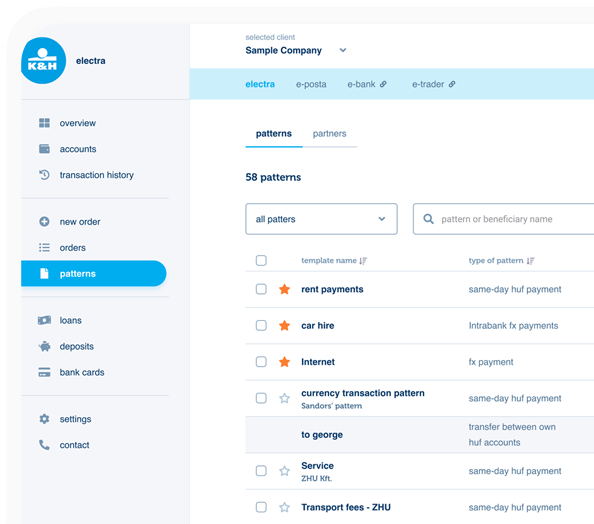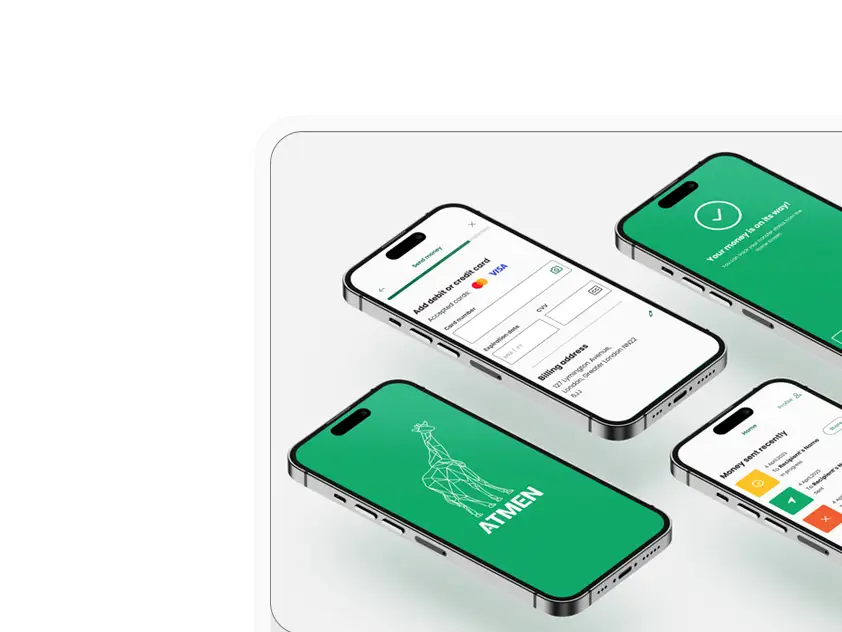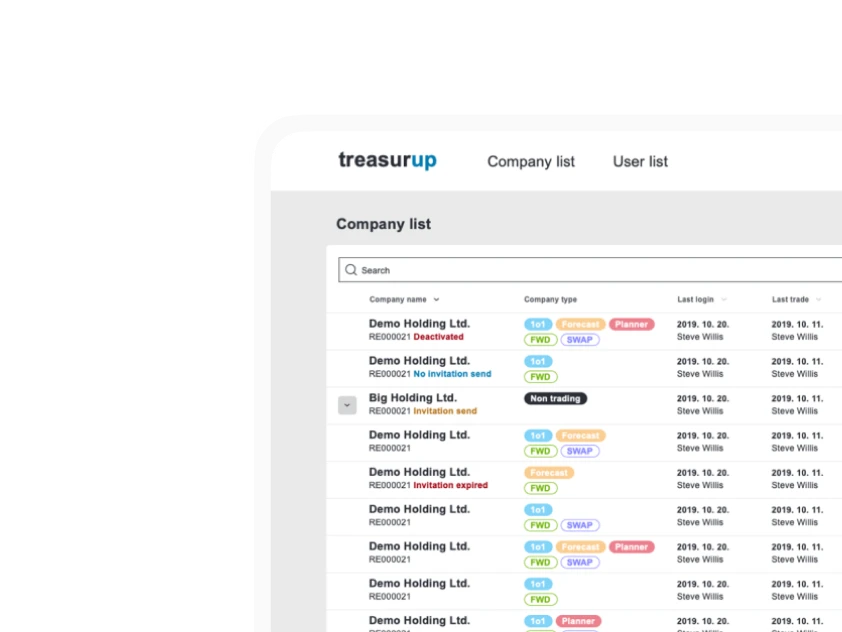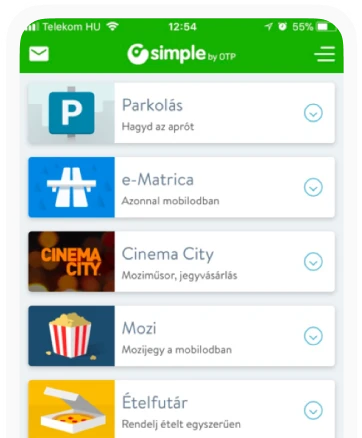Kano model
The essence of the Kano model
The Kano model is worth applying when the company wants to know the actual needs and preferences of its customers and the target audience before developing a new product or redesigning an existing product, thus saving a significant amount of money and time.
The Kano model classifies customer priorities into 5 categories:
- Must-Be
- One-dimensional
- Indifferent
- Reverse
- Attractive

‘Must-Be’ includes all the basic properties that customers take for granted. If these are met, customers remain neutral (because they are basic expectations), while their absence or malfunction leads to the loss of customers.
‘One-Dimensional’ includes properties that are usually compared by customers to two companies in which companies compete with each other.
‘Indifferent’ includes aspects that are neither good nor bad in the eyes of customers and result in neither customer satisfaction nor customer dissatisfaction.
‘Reverse’ includes elements that are highly dependent on the preferences of individual customers, so a feature that the company qualifies as good may even result in customer dissatisfaction.
‘Attractive’ includes properties that provide satisfaction when they exist, but their lack does not cause dissatisfaction. They provide purely advantage and enhance customer pleasure.
One of the foundations of the Kano model was the observation that if we increase the quality of the workmanship in the case of ‘Must-Be’, it will cease to increase satisfaction after a while, but its lack or poor execution will significantly increase dissatisfaction. Meanwhile the high level of implementation of the ‘Attractive’ property results in a particularly high level of satisfaction for users.
By categorizing expectations, we have an accurate knowledge of client expectations, which is the starting point for modern developments, while the Kano model distinguishes between what requirements or characteristics bring satisfaction and what requirements are less related to satisfaction. This is the advantage real of the Kano model since it shows that user satisfaction is only partially related to functionality – design plays a similarilly important part.
The Kano model at Ergomania
Ergomania uses the Kano model whenever we want to know what preferences users have for a service or product to be developed, what they expect, what bothers them or what would be an attractive plus feature.
The application of the Kano model is also justified by the fact that there is no default user expectation, it changes regularly due to life processes. For example, making phone calls on a smartphone today is considered somewhat like an afterthought: depending on the target audience, the primary expectation towards this kind of devices can be social media accessibility, chat, or gaming capabilities.
Accurate knowledge of client expectations is the starting point for modern developments. Whether we’re talking startups or companies already on the market, one of the essential foundations for success is to plan for the target audience, instead of trying to convince the target audience that they do need that particular development.
The main methods of the Kano model
In Ergomania’s practice, one of the simplest methods involves compiling, completing, and evaluating a questionnaire. People representing the target audience can then evaluate the functions under design or compiled during brainstorming according to the Kano model. The method also works with a smaller number of people and interviews.
In our experience, up to 15-20 functions/aspects are what you should ask for. In the case of less than this, important product features may remain hidden, but in the case of multiple questions, test subjects tend to lose their motivation, especially in the case of a product or service they do not yet know.
While it is true that the emotional scale of client satisfaction ranges from frustrating to indifferent to a captivated emotional state, it is not always that straightforward, moreover it is impossible for the target audience to find a product wonderful in every way. Therefore, we examine what the emotional connection is to each function, and which category the users put them.
The Kano model could easily uncover that just a few minor changes are enough to make a moderately received product sensational.
What do our clients gain from the Kano model?
Our clients will receive a clear and unambiguous answer about their planned new service or product, how the target audience would receive and what their users actually need, so the development can be optimal, as they will have an accurate knowledge of their customers’ expectations and preferences.
What is the role of our clients in the development of the Kano model?
On the part of our clients, it is important to provide the necessary documentation and paperwork for us to base our Kano questionnaire, as well as present the participants of the survey.
The result of successful Kano model making
The finished Kano model is a written evaluation of the questionnaire reviewing and accurately presenting user preferences and grouping each function.
- Information from client:Transfer of preliminary research; Defining customer expectations, business goals; Description of financial and IT constraints
- Deliverables:Prioritized and weighted function list definitions, A well-defined MVP implemented intermittently






